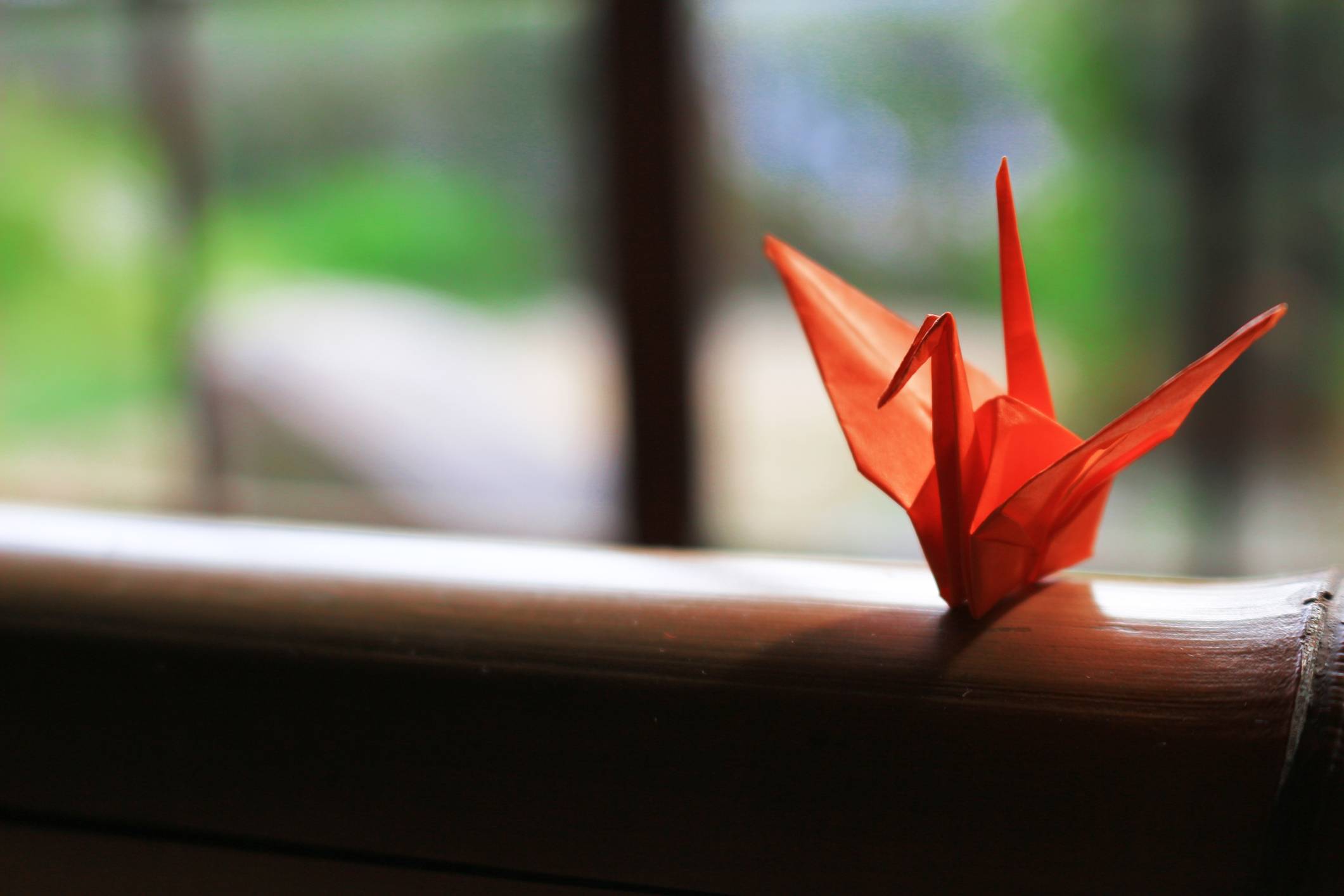Whether you’re paying attention or not, you’re surrounded by symbols.
Birds like 鳩 (hato, doves/pigeons) and 鶴 (tsuru, cranes), flowers like バラ (bara, roses) and 桜 (sakura, cherry blossoms), animals like 狐 (kitsune, foxes) and 猫 (neko, cats) — they appear everywhere in material, visual and linguistic culture around the world. Naturally, they also appear in Japan, but not always in the same way or with the same universal meaning.
Part of high-level Japanese is recognizing when these symbols with deeper meanings or certain implications appear in daily life, and what said symbols mean. A lot of the time, symbols in Japan mean exactly what they do abroad. Other times, they mean something different, and yet other times, there can be symbols that don’t exist or surface outside of Japan. Knowing the meaning behind these symbols can help you better understand and interact with gifts, patterns in clothing and architecture, poetry, literature and more. Overall, knowing symbols will make your interactions in Japan more sophisticated and nuanced.

















With your current subscription plan you can comment on stories. However, before writing your first comment, please create a display name in the Profile section of your subscriber account page.